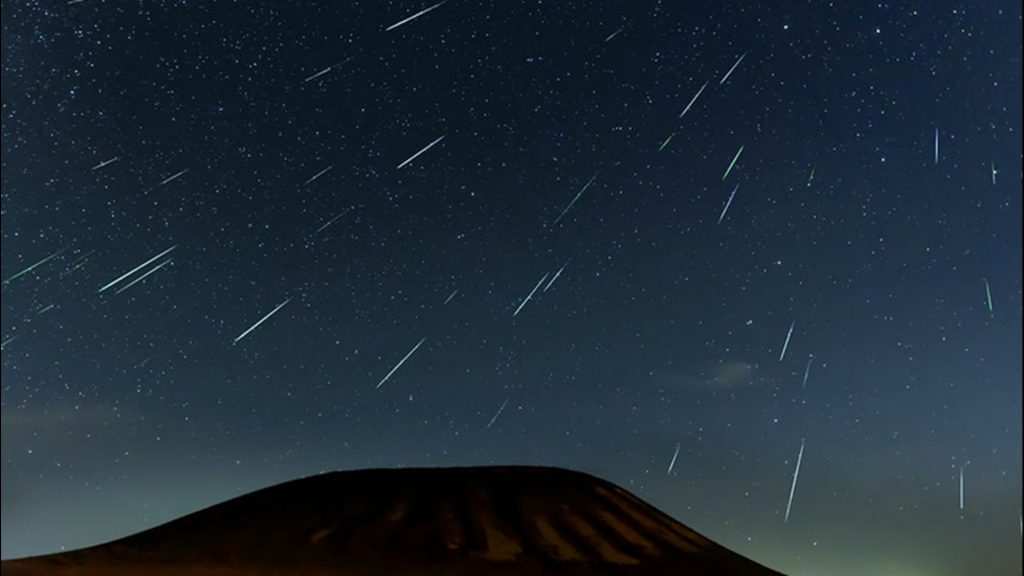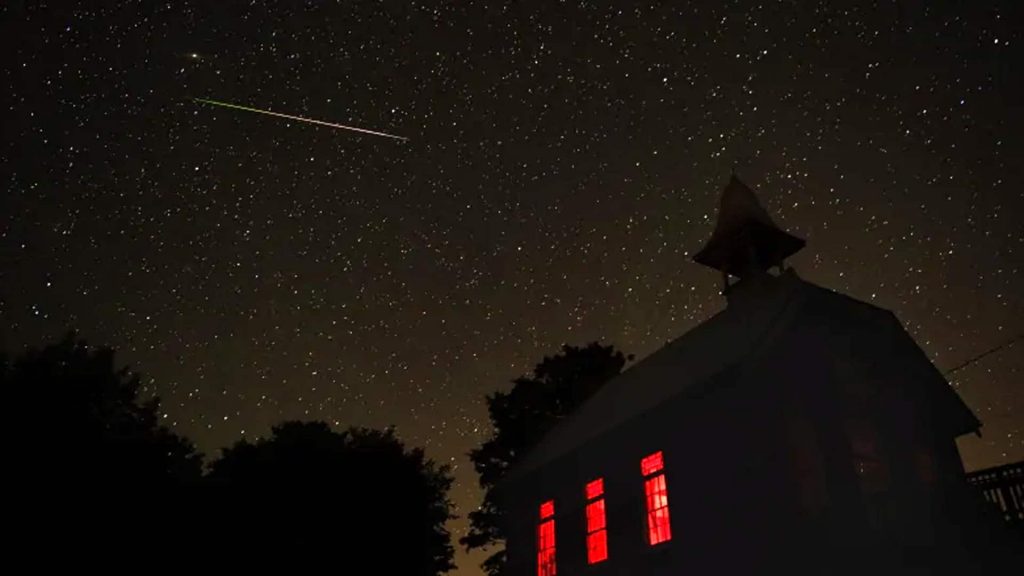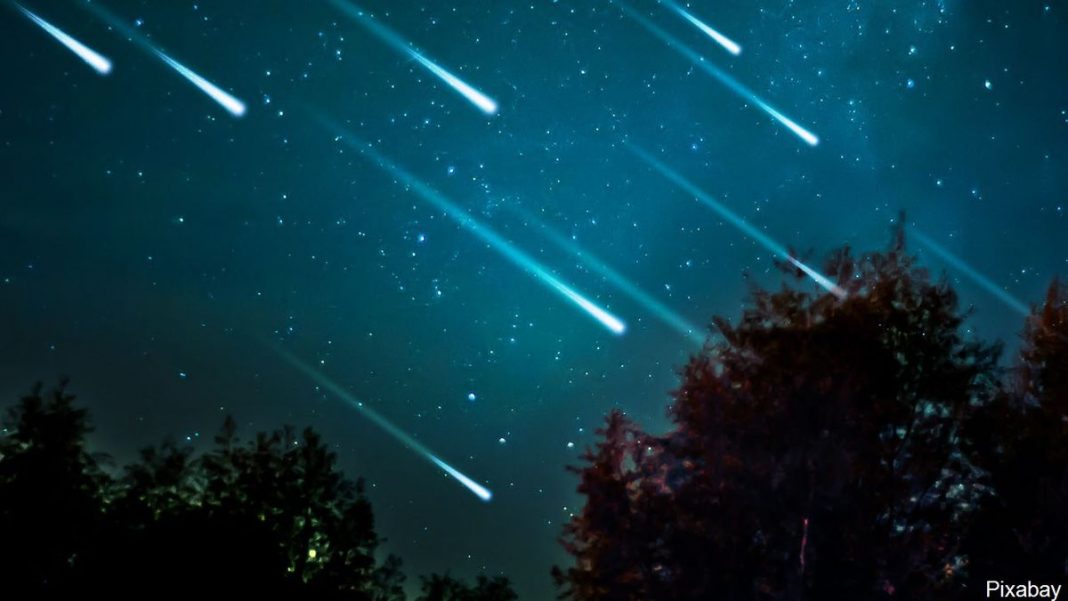The “Finlay-id” meteor shower, which will last for about 10 days this fall, will appear over southern latitudes with little landmass. “That makes it not only an interesting meteor shower but also a very difficult meteor shower to observe,” Diego Janches, a research astrophysicist at NASA’s Goddard Space Flight Center in Greenbelt, Maryland, told Space.com in an interview.
Janches thinks the shower will emanate from the constellation Ara (the Altar), but its exact radiant — the point from which the meteors appear to originate — is unclear because it’s a brand-new event. Predictions indicate that the Finlay-ids may begin around the end of September and peak on Oct. 7, according to Janches.
With this meteor shower, don’t expect to see a whole bunch of “shooting stars” at once.

“It is going to be a difficult meteor shower to observe because the meteors are going to be very slow,” Janches said.
Speed matters. When spectators see a “shooting star,” they are not observing the actual particle. “We observe either the light that is produced when they interact with the atmosphere or the ionization that they produce when they interact with the atmosphere,” Janches said. Radar observations detect the meteor’s ionization (when its atoms gain or lose electrons), and optical cameras or the naked eye view its light. A slow entry velocity, like the Finlay-id speed estimate of 6.8 miles per second (11 km/s), makes it hard for either phenomenon to occur.
To view the Finlay-id meteors, you’ll need an instrument that is capable of detecting these slow and sand-grain-size particles as they enter Earth’s atmosphere. You also have to be located far south. Some Finlay-id viewing could occur in South Africa or New Zealand, but Janches thinks his instrument, located in Argentina’s southern cone, is the best situated for the task.

At almost 54 degrees south latitude, the Southern Argentina Agile Meteor Radar (SAAMER) at the Astronomical Station Rio Grande (EARG) in Tierra del Fuego is the best-located instrument to view the Finlay-ids. The Tierra del Fuego archipelago at the tip of the South American cone makes up most of the landmass that exists at that latitude.
In addition to his collaborators in Argentina and NASA Goddard, Janches said the Finlay-id observations will support projects at NASA’s Engineering and Safety Center at Langley Research Center in Virginia, NASA’s Marshall Space Flight Center in Alabama and NASA’s Johnson Space Center in Texas. There may also be some international participation; Janches said representatives from the Paris Observatory showed interest in placing instruments in Rio Grande.
According to space.com















